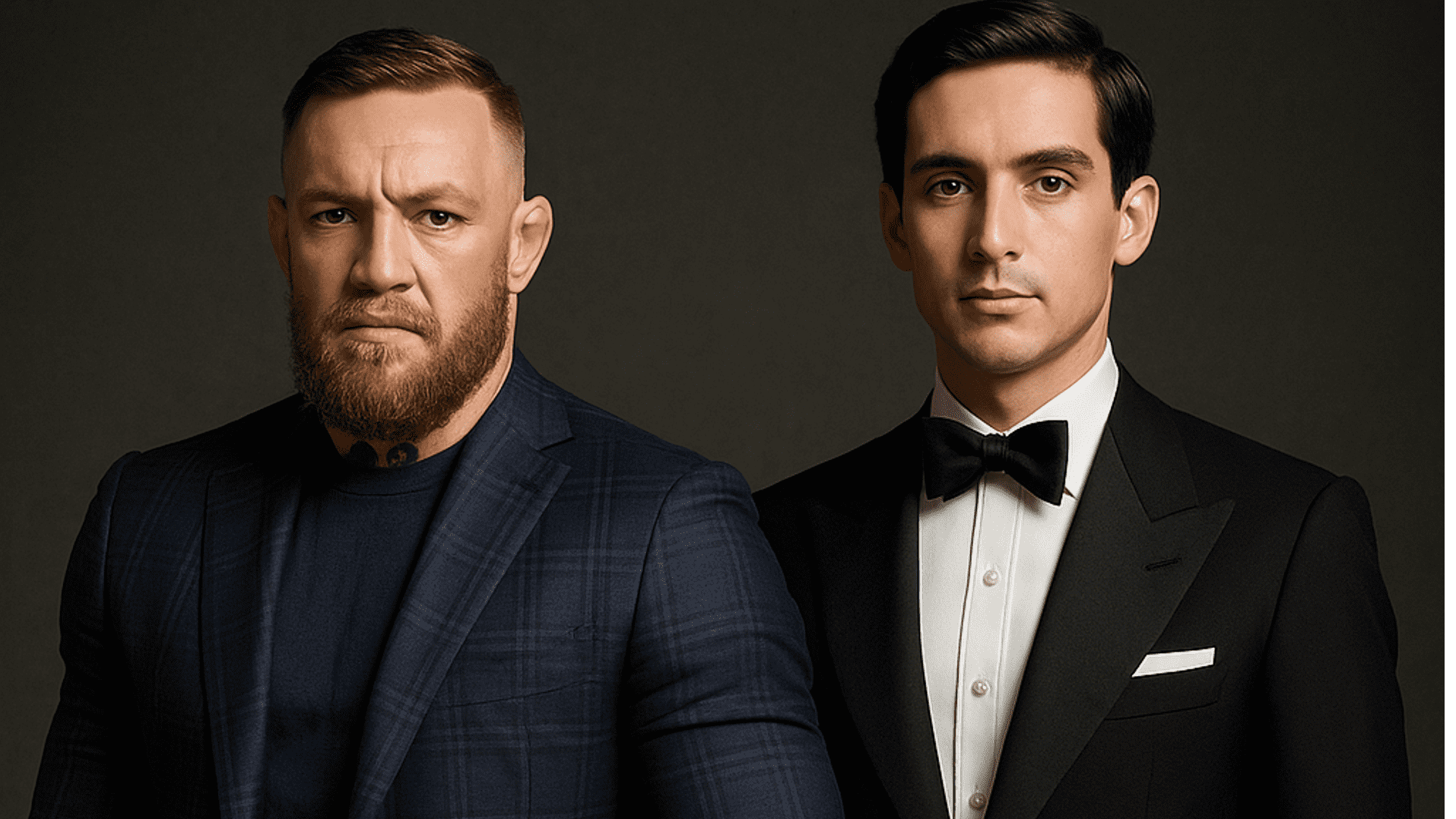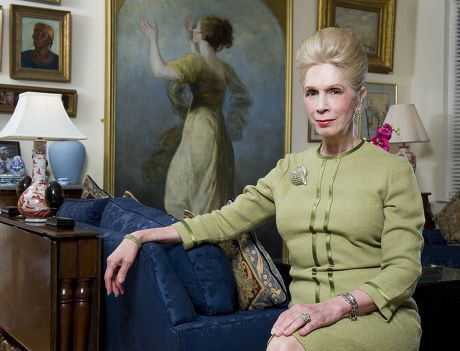About the Author
Lady Colin Campbell
Lady Colin Campbell—born Georgia Arianna Ziadie—is a British Jamaican aristocrat, royal biographer, and television personality best known for her bestselling and often controversial portraits of the British royal family. Born into a prominent Jamaican family of Lebanese descent, she has authored seven books on figures including Princess Diana, the Queen Mother, and the Duke and Duchess of Sussex.
A former model and social secretary, she is also the châtelaine of Castle Goring. With a life as bold as her pen, Lady C offers insider perspective with aristocratic flair and unapologetic candour.



